Every hoarding case is different. Wildly different. However, there is a common thread: mental illness. That, in itself, means hoarding cleanup is not for everyone. Not for every company. Not for every technician or crew. Training is as important as the ability to be empathetic and build the trust of your client. The likelihood of successfully completing a hoarding cleanup job without the support and trust of the hoarder themselves is slim to none.
ServiceMaster San Francisco/San Mateo has been in business for more than three decades. Co-owner Josh Decker grew up in the business, which was started by his parents. Today, the company has about 27 employees and handles multiple hoarding jobs every month.
In late April of this year, Josh and his team took on their biggest cleanup job to date; one that lasted weeks. It’s a story of trust, logistics, and time.
The Client
Bill Kaiser, a 68-year old San Francisco native, owns one of the city’s iconic row-houses. It’s the roughly 2,300-square-foot home he grew up in, purchased by his parents in the 1920’s; they were also hoarders. In fact, Bill is a third generation hoarder. According to Josh, Bill “grew up knowing nothing but hoarding.”
“We’re praised for going to college, having careers – Bill was praised for hoarding,” Josh said.
Bill and Josh met on April 22 after a family member reached out for help. Bill had recently been the center of a local TV station news piece called “Neighbors Behaving Badly” and was three weeks away from his home and all his belongings being taken by the city, and Bill being referred to the city’s Adult Protective Services. It’s not that Bill is necessarily a bad neighbor; it’s that he has a love for cars. Aside from the full home and garage, Bill has 21 cars – 14 of which took up prime parking spaces in the cramped city neighborhood.
“I spent a great amount of time earning Bill’s trust, then calling all his social workers, the fire marshal, code enforcers, and others, and literally begged for more time,” Josh said. To earn Bill’s trust, Josh and his team took Bill to lunch, showed him their facility, and anything else they could to prove they were there to help him. Even while recently vacationing with his family, Josh was on the phone with Bill every day talking about the progress of the cleanup.
Bill’s Car Hoard & More
|
Unearthing Treasures by Decade
It took Josh and his team 10 days of work in the home just to reach the minimum requirements to get the fire marshal to ease up. As the work continued, it was like peeling back decades. Crews would clear away a layer of Bill’s stuff, and get to a layer of his mom’s hoard.
“As we were starting to clear things out, Bill was starting to see parts of his home he has never seen before,” Josh said. “His parents bought the home in the early 1920’s, and when home appliances started becoming a huge thing, they started hoarding them. Hoarding things they were afraid they would never get again. There were appliances like you see in Downton Abbey.”
Josh recalled finding an old, metal vacuum tucked away in a closet that appeared to be in mint condition – the type of vacuum from a vintage Sears catalogue that’s extraordinarily heavy, and boasted a fabric cord. However, unearthing treasures could sometimes come with a price.
“If Bill gets too excited, he disappears for a few hours, and comes back with a truckload more,” Josh said. “He’s so proud of his hoarding. If someone walked by during the cleanup, he would offer to give them a tour of his home.
“There are areas he hasn’t seen since he was a kid – like his dining room. He hadn’t seen the table in 20 years. Everything under the table was stuff his mom hoarded,” Josh explained. “We found a picture of him sitting at the table as a child, which was probably the last time he ever sat there. After that, they ate in the living room because there was no room in the dining room.”
Understandably, anything that stirred up memories of his parents was painful for Bill. Josh said he cared for his mom, and she died in the home. His dad was a fire marshal, which is one reason the fire department was so lenient with Bill for so long.
Logistics of the Cleanup
Between a 2,300-square-foot home and 21 cars, this cleanup job has required a lot of careful logistics and planning. To paint the picture, you need to realize Bill hoarded floor-to-ceiling. Josh’s crew found a Ferrari buried under four feet of items. Josh broke it down into seven major hurdles his crew faced.
1. An Involved Homeowner
As is common in most hoarding cleanup cases, Bill wanted to be involved in the sorting process. Josh was honest when he said Bill was sometimes an interference, and his involvement really slowed down the process. Bill wanted to supervise everything, and in the beginning they couldn’t work unless Bill was home. Because Bill wanted to supervise, cleanup crews worked together as a team in one area. However, sometimes Bill would go ahead of the crew – then disappear.
“Sometimes that meant we would all stop and go search for him, because Bill would disappear with a box or something,” remarked Josh. “Often we would find him in the back of one of the dumpsters or trucks, going through everything we had already thrown out, and re-hoarding stuff.”
That’s when they realized Bill was re-hoarding things in his cars – to which only he had keys. Just four days into the cleanup process, the once-empty Ferrari was already full of items Bill was trying to save.
It was instances like these that made Josh thankful for the in-depth hoarding cleanup training ServiceMaster franchises have access to, led by Matt Paxton. You might recognize that name from the TV show Hoarders, or from past hoarding articles in the pages of R&R.
“Matt really does hands-on training with franchisees,” Josh said. “I learned how to handle emotional clients, like Bill, thanks to Matt’s guidance. “
2. San Fran Squeeze
Parking is in short supply in San Francisco, especially when the client is taking up a dozen spaces all on his own.
“We sometimes had to park three blocks away and carry our stuff in,” Josh said. The good news is, that arrangement didn’t last forever. As Josh earned Bill’s trust, Bill gave Josh the keys to move some of the cars. That meant when the team arrived every morning, they would move two cars from in front of the home to squeeze in the crew’s truck. Then, a couple crew members would disappear for 30 minutes or so trying to find new parking spaces for those vehicles.
3. Nowhere to Sort & Store
The house was completely full, so there was nowhere to sort inside. And the neighbors would complain if sorting was done outside, and often act unkind. Josh recalled neighbors standing outside watching the process, and cheering every time something was brought out to get rid of.
On the flip side, when Bill wanted to save something, there was nowhere to put it for a while. Ten days into the cleanup, the garage was finally cleared enough to house the sorting and storing needs.
“We were pulling two to three moving vans of stuff out of the home a day,” said Josh.
4. Cars & Other Large Items
Bill is quite an intelligent man. Aside from his cars, he owned three hovercrafts he created. As Josh simply put it, “Bill found a book at the library and built them himself.”
Josh ordered a special piece of equipment to help drag cars out of the yard and garage. They also used a recovery tow truck with a flat bed and wench to remove some of the cars. Eventually, Bill learned to trust Josh and his team enough that Bill’s cars were moved to ServiceMaster’s secure property.
5. Trust
“Bill would have a breakdown when I would leave,” Josh said. “I had to get him to trust me and one other person on the team. We would then do an emotional handoff to the next person in line. Trust is huge. It is a critical aspect to cleanup.”
Josh explained that if he can’t get a customer to trust him, he will bring in someone else for them to meet. Whoever the hoarder latches on to becomes the lead for the job. However, even though a client might trust the restoration company doesn’t mean they will automatically trust others brought in to the process.
For example, Josh found a local bike shop that was willing to take 30 old bikes from Bill’s garage, and was going to refurbish them to donate to local children or sell. However, after agreeing to give them up and the shop had picked up half of them, Bill grew angry and upset, went to the bike shop, and got into a confrontation with the shop owner. He then squeezed all 15 bikes into his El Camino, and it took Josh and his team two days to regain his trust.
“From that point forward, we had to start prepping every vendor coming in on what could happen,” he explained. “We decided there was no need for some vendors to have direct contact with Bill.”
6. Finances
Despite the literal wealth of items in his home, and his classic cars, Bill lives paycheck to paycheck. Sometimes, that even means borrowing money from others for food. Josh estimates there are more than $1 million in valuables in the home, so he worked to bring in an auction house to help Bill get the most money possible for his treasure trove.
“Bill is working with an auction house to auction off vintage toys, games, furniture, cars, books, magazines, luggage, and a whole lot more,” Josh said. “We are working to sell it to pay for our services and to build Bill a nest egg and retirement.”
The valuable items Bill wasn’t keeping were brought back to ServiceMaster San Francisco/San Mateo’s warehouse to be sorted, and appraised by the auction house.
“This is the first time we are putting money INTO the back for a client because we can help them sell their stuff,” Josh said.
7. Safety
In any hoarding cleanup, safety of the customer and the cleanup crew must be top of mind. When Bill was first showing Josh his home, Josh got stuck in a hallway. There was a real crush hazard with so much stuff compacted into the home.
“It was a narrow three-foot hallway, with bookcases on either side, stacked to the ceiling, filled with books, magazines, movies, and even coffee makers,” Josh recalled. “We couldn’t go into the garage from the garage door, so we had to go down the hallway and I got stuck – books hitting my head front and back.”
Josh explained that Bill learned to move at unique angles to glide through the narrow openings. Bill had to physically pull Josh out of the hallway. That hallway was so full of stuff, Bill had not walked down the entire stretch since he was 15 years old.
In any job like this, safety is a top priority. During the cleanup, crews wore full Tyvek suits. When mold was discovered in the garage, and in many items in the garage, crews also began wearing full respirators. In some cases, they also donned puncture-resistance gloves and shoes, steel-toed shoes, back braces, safety glasses, and N95 masks.
There were also fall hazards, knives lying around, and unwanted critters.
“About day six on the job, we found two rats. Bill had named them,” Josh said. “We also found black widows and brown recluse spiders all over the place – mainly in the back yard.”
There was also a problem with combustibles. Imagine starter fluid cans with bottoms rusted out, cans of gasoline sitting around the house, and the stove not turned off all the way. All of this meant everyone was very cautious in the home, and hazards were removed as quickly as possible.
With that said, however, on a scale of one to 10 with one being clean as a whistle and 10 being a dirty hoard, Josh gave Bill a four or five.
What’s Next for Bill?
Cleaning up Bill’s home will likely be somewhat of an ongoing process. However, in late May, the home was about 75 percent clean and Bill was no longer at risk of losing his home.
“Bill has accepted that 95 percent of the stuff has to leave the house,” said Josh. “We’ve gotten him into a hoarding support group, and as we were clearing stuff out, Bill actually started to work with us instead of sitting off to the side and having panic attacks, saying no, or hoarding more. He is on the road to recovery.”
What’s Next for Josh’s Team?
In recent months, Josh’s company has really ramped up its marketing for hoarding cleanup. They started with one to two jobs a month, and now average five or more – and that number keeps growing. In June, they started a job even bigger than Bill’s – helping a hoarder who has two homes and eight storage units.
And it doesn’t sound like the friendship that’s blossomed between Josh and Bill will end any time soon.
“Bill is by far the most enjoyable person to work with,” Josh said. “I can see him making the full road to recovery. He actually has a living room where his friends can come over, he is really liking this.”




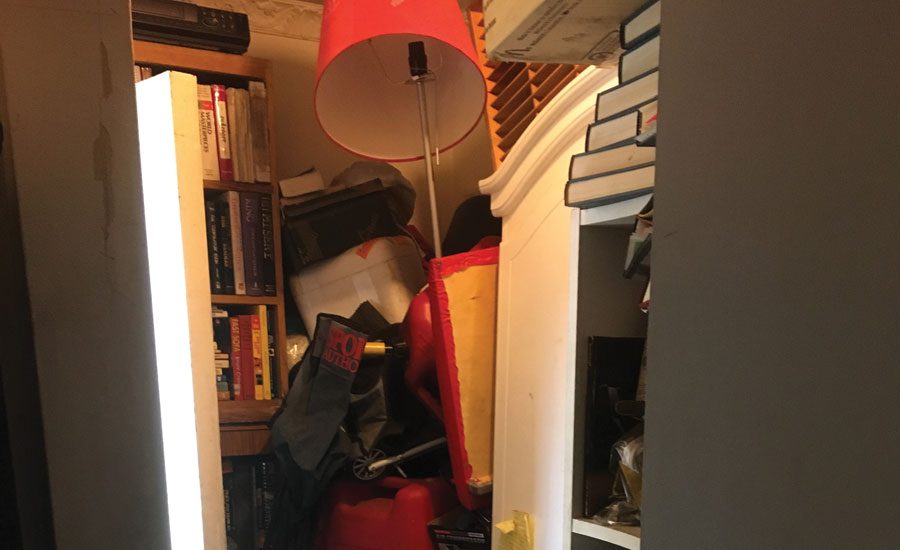
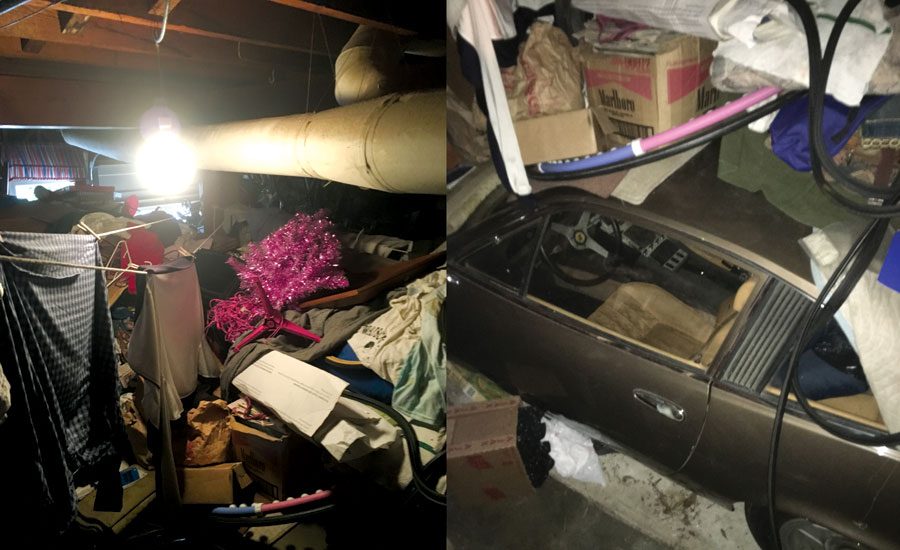
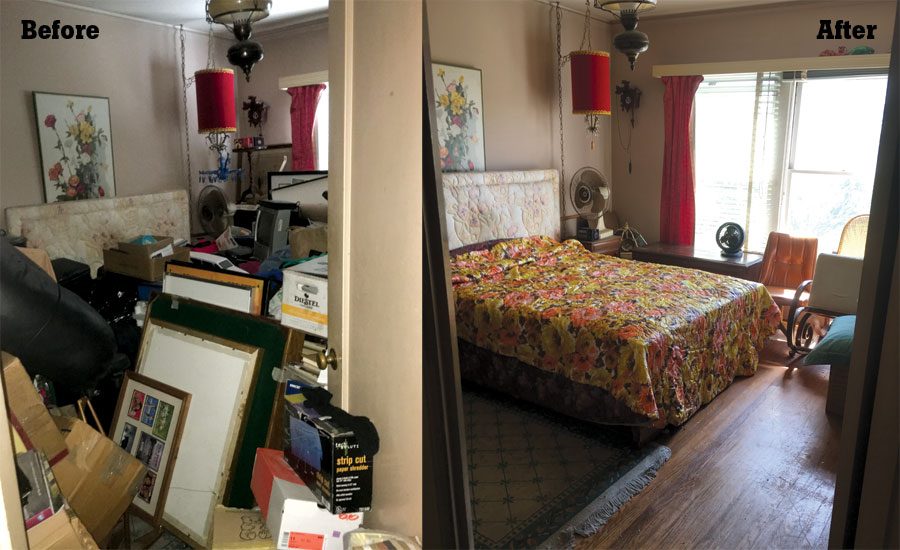
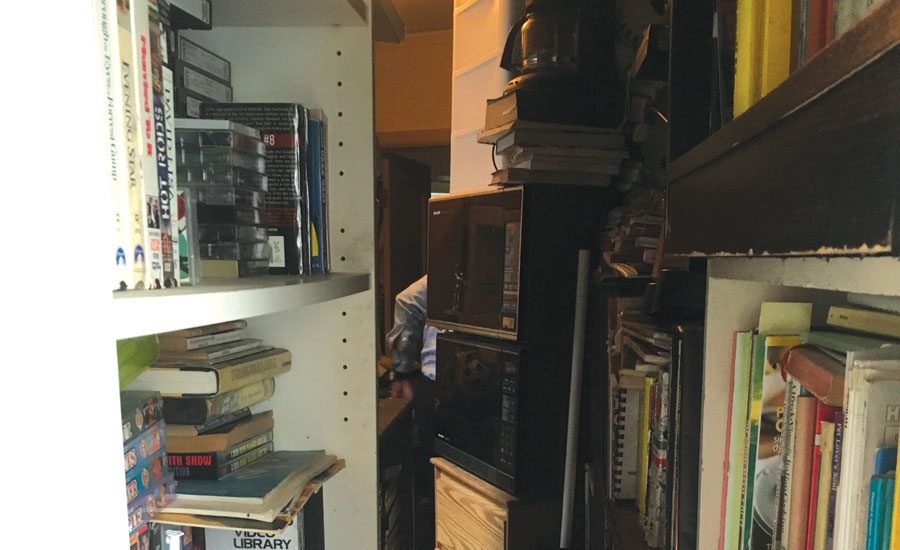



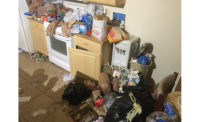

Report Abusive Comment